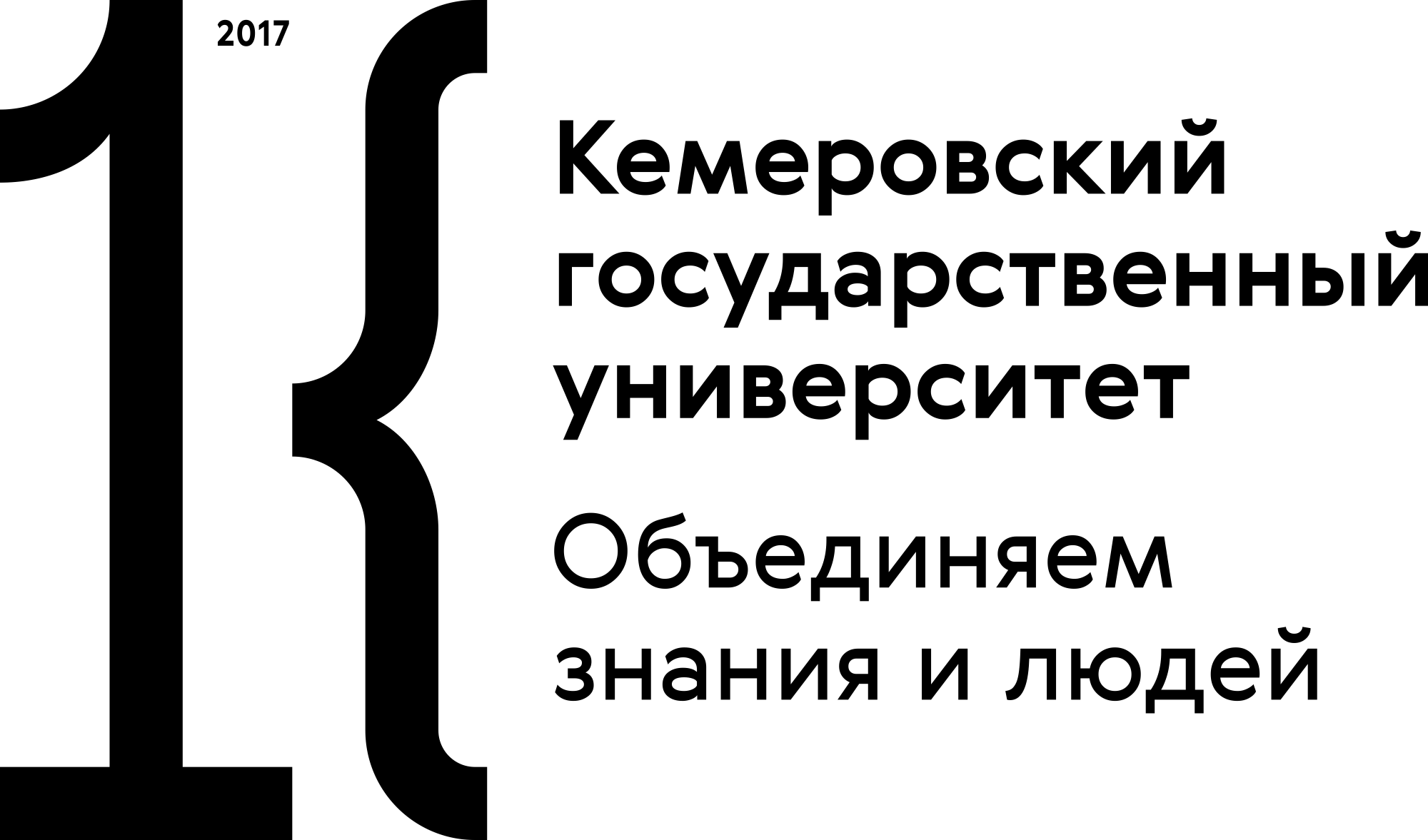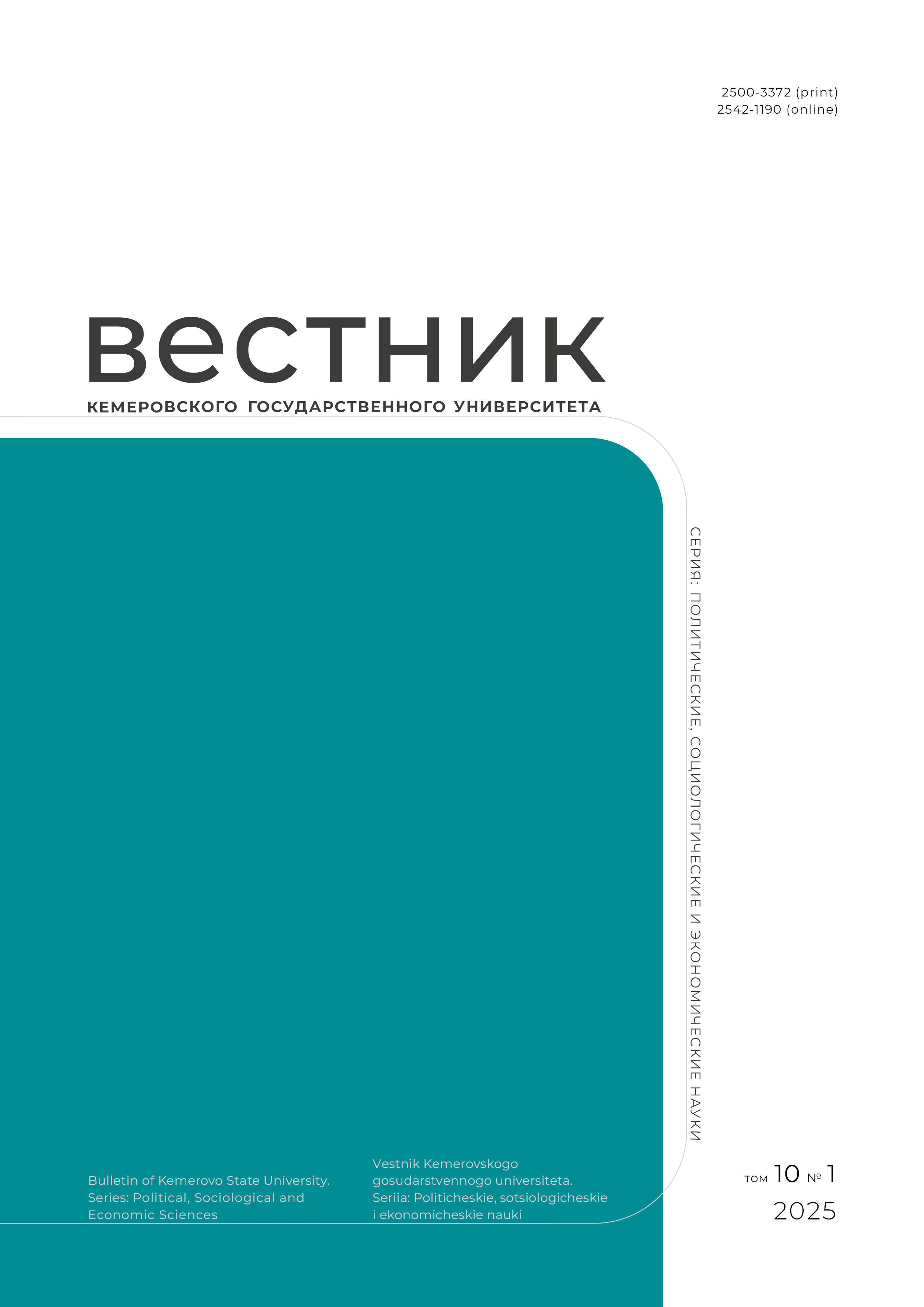Kemerovo, Kemerovo, Russian Federation
Kemerovo, Russian Federation
Strategic planning documents developed for industrial regions of Russia deal with the strategic modernization of these regions. The problems associated with the development and implementation of these plans are connected with the quality of the theoretical and methodological basis, which requires the most modern ideas about the factors and road maps of industrial regions. The research objective was to systematize ideas about modern theoretical and methodological foundations of the strategic modernization of industrial regions. The success of strategic modernization proved to depend on a significant number of factors, including competitive advantages and local governments’ actions. There are two options for the strategic modernization of industrial regions: comprehensive diversification and the so-called smart specialization. The choice depends on the capacity of the local market, economic and geographical location, and the local significance of the area. The use of foreign experience plays a significant role in strategic modernization planning. The authors studied some cases of the most successful strategic modernization in the industrial regions of Western Europe, e.g. West Yorkshire, Nord-Pas-de-Calais, Saarland, etc., where the local authorities used the opportunities of industrial culture to solve new production problems. The competitive advantages of these regions included agglomerations, favorable transport and geographical location, spatial significance, which allowed them to fully diversify their economy, develop the service sector, and apply various innovations. Unfortunately, this is not an option for most industrial regions of Russia. Therefore, these regions should resort to smart specialization, a more developed industrial culture, an innovative ecosystem, and a larger production complex. The authors recommend the authorities of Russian industrial regions to revitalize the most problematic areas and towns, as well as to develop an interregional approach to the strategic modernization and innovative ecosystems.
diversification, strategy, competitive advantages, smart specialization, industrial culture, socio-economic status, balanced development
1. Golova I. M., Sukhovey A. F. Innovative and technological development of industrial regions in the conditions of socio-economic instability. Ekonomika regiona, 2015, (1): 131-144. (In Russ.) DOI:https://doi.org/10.17059/2015-1-12
2. Myslyakova Ju. G., Shamova E. A. Genetic profile of the industrial region: features, structure, codes. Vestnik Samarskogo gosudarstvennogo ekonomicheskogo universiteta, 2018, (9): 34-41. (In Russ.)
3. Foray D. Smart specialization strategies and industrial modernization in European regions - theory and practice. Cambridge Journal of Economics, 2018, 42(6): 1505-1520. DOI:https://doi.org/10.1093/cje/bey022
4. Malov V. Yu., Ershov Yu. S., Ionova V. D. What hinders the implementation of strategies for the development of the Sibirian regions? Interekspo GEO-Sibir, 2017, 3(1): 3-10. (In Russ.)
5. Uskova T. V., Selimenkov R. Yu., Asanovich V. Ya. Assessment of the regional development strategy implementation. Economic and Social Changes: Facts, Trends, Forecast, 2015, (1): 30-42. (In Russ.) DOI:https://doi.org/10.15838/esc/2015.1.37.2
6. Aleksandrov S. I., Rechko G. N., Fridman Yu. A. Kuzbass: a strategy for socio-economic reconstruction. Novosibirsk: Nauka. Sib. otd-nie, 1991, 186. (In Russ.)
7. Kryukov V. A., Fridman Yu. A., Loginova E. Yu., Rechko G. N. The "Kuzbass-2035" strategy: in harmony with coal. EKO, 2018, (11): 8-30. (In Russ.) DOI: 10.30680 / ECO0131-7652-2018-11-8-30
8. Lazhentsev V. N. Spatial economics as a research programme (on the book by P. A. Minakir, A. N. Demyanenko "Essays on spatial economics"). Prostranstvennaia Ekonomika, 2015, (2): 180-188. (In Russ.) DOI:https://doi.org/10.14530/se.2015.2.180-188
9. Vey J. S., Austin J. C., Bradley J. The next economy: economic recovery and transformation in the Great Lakes Region. N. Y.: Brookings Institution, 2010, 57.
10. Mayer H. J., Greenberg M. R. Coming back from economic despair: case studies of small- and medium-size American cities. Economic Development Quarterly, 2001, 15(3): 203-216. DOI:https://doi.org/10.1177/089124240101500301
11. MacNeill S., Bailey D. Changing policies for the automotive industry in an "old" industrial region: an open innovation model for the UK West Midlands? International Journal of Automotive Technology and Management, 2010, 10(2/3): 128-144. DOI:https://doi.org/10.1504/IJATM.2010.032620
12. Zsibók Z. Continuing divergence after the crisis: long-term regional economic development in the United Kingdom. Regional Statistics, 2017, 7(1): 17-42. DOI:https://doi.org/10.15196/RS07102
13. Power A. Regional politics of an urban age: can Europe's former industrial cities create a new industrial economy to combat climate change and social unravelling? Palgrave Communications, 2018, 4(97). DOI:https://doi.org/10.1057/s41599-018-0120-x
14. Fothergill S., Gore T., Wells P. Industrial strategy and the regions: the shortcomings of a narrow sectoral focus. Sheffield: Sheffield Hallam University, 2017, 18. DOI:https://doi.org/10.7190/cresr.2017.3869752946
15. Bartik T. J. The revitalization of older industrial cities: a review essay of retooling for growth. Growth and Change, 2009, 40(1): DOI:https://doi.org/10.17848/wp08-143
16. Morgan K. The learning region: institutions, innovation and regional renewal. Reg. Studies, 1997, 31(5): 491-503. DOI:https://doi.org/10.1080/00343409750132289
17. Hassink R. How to unlock regional economies from path dependency? From learning region to learning cluster. European Planning Studies, 2005, 13(4): 521-535. DOI:https://doi.org/10.1080/09654310500107134
18. Mazzucato M. From market fixing to market-creating: a new framework for innovation policy. Industry and Innovation, 2016, 23(2): 140-156. DOI:https://doi.org/10.1080/13662716.2016.1146124
19. White C., Wilkinson B. Creating, not picking, winners: how to develop an industrial strategy which works for everyone. London: The Policy Institute at King's College London, 2017, 39.
20. Fothergill S., Gore T., Wells P. Industrial strategy and the UK regions: sectorally narrow and spatially blind. Cambridge Journal of Regions, Economy and Society, 2019, 12(3): 445-466. DOI:https://doi.org/10.1093/cjres/rsz016
21. Bailey D., Pitelis C., Tomlinson P. R. Strategic management and regional industrial strategy: cross-fertilization to mutual advantage. Reg. Studies, 2019. DOI:https://doi.org/10.1080/00343404.2019.1619927
22. Vanthillo T., Verhetsel A. Paradigm change in regional policy: towards smart specialisation? Lessons from Flanders (Belgium). Belgeo, 2012, (1-2). DOI:https://doi.org/10.4000/belgeo.7083
23. Storper M. Why do regions develop and change? The challenge for geography and economics. Journal of Economic Geography, 2011, 11(2): 333-346. DOI:https://doi.org/10.1093/jeg/lbq033
24. Breathnach P. Regional governance and regional development: implications of the action programme for effective local government. Administration, 2013, 61(3): 51-73.
25. Eaton W. M. What's the problem? How "industrial culture" shapes community responses to proposed bioenergy development in northern Michigan. Journal of Rural Studies, 2016, 45: 76-87. DOI:https://doi.org/10.1016/j.jrurstud.2016.02.014
26. Wust A., Lang T., Haunstein S. Strategic potential of industrial culture for regional development. Leipzig: Leibniz Institute for Regional Geography, 2017, 21. DOI:https://doi.org/10.13140/RG.2.2.15319.98721
27. Görmar F., Harfst J. Path renewal or path dependence? The role of industrial culture in regional restructuring. Urban Sci., 2019, 3(4). DOI:https://doi.org/10.3390/urbansci3040106
28. Birch K., MacKinnon D., Cumbers A. Old industrial regions in Europe: a comparative assessment of economic performance. Reg. Studies, 2010, 44(1): 35-53. DOI:https://doi.org/10.1080/00343400802195147
29. Overman H. G., Gibbons S., D'Costa S., Mion G., Pelkonen P., Resende G., Thomas M. Strengthening economic linkages between Leeds and Manchester: feasibility and implications: full report. Newcastle upon Tyne: One North East on behalf of The Northern Way, 2009, 89.
30. Economic evaluation of systems of infrastructure provision: concepts, approaches, methods, eds. Brown A., Robertson M. Leeds: iBUILD/Leeds Report, 2014, 92.
31. Heddebaut O., Ernecq J-M. Does the "Channel tunnel effect" still remain after twenty years? Revue Histoire des Chemins de Fer, 2018, 385-417.
32. Provan B. Lille City story. London: The London School of Economics and Political Science, 2015, 52.
33. Evenhuis E. The political economy of adaptation and resilience in old industrial regions: a comparative study of South Saarland and Teesside. Newcastle: Newcastle University, 2016, 344.
34. Trippl M., Otto A. How to turn the fate of old industrial areas: a comparison of cluster-based renewal processes in Styria and the Saarland. Environment and Planning, 2009, 41(5): 1217-1233. DOI:https://doi.org/10.1068/a4129
35. Korchagina I. V., Buvaltseva V. I. Formation and development of clusters of small and medium enterprises in the economic space of the region. Novosibirsk: Sibirskaia akademicheskaia kniga, 2017, 172. (In Russ.)
36. Petrova E. A. Monitoring and information support of the strategy of socio-economic development of the region: methodological approaches and solutions. Regionalnaya ekonomika. Yug Rossii, 2017, (1): 116-126. (In Russ.) DOI:https://doi.org/10.15688/re.volsu.2017.1.12
37. Nesterov A. Yu. Problems of strategic management of socio-economic development at the regional and municipal levels. Vestnik Kemerovskogo gosudarstvennogo universiteta. Seriia: Politicheskie, sotsiologicheskie i ekonomicheskie nauki, 2018, (4): 101-106. (In Russ.) DOI:https://doi.org/10.21603/2500-3372-2018-4-101-106
38. Mukhacheva A. V., Morozova E. A., Pastukhova E. Ya. Socio-economic development of the coal-mining region in crisis (on the example of Kemerovo region). Herald of Omsk University. Series "Economics", 2019, 17(2): 194-206. (In Russ.) DOI:https://doi.org/10.25513/1812-3988.2019.17(2).194-206
39. Mukhacheva A. V., Morozova E. A. Quality of life in a crisis: regional aspect. Kemerovo: KemGU, 2016, 230. (In Russ.)
40. Morozova E. A. Living standards as indicator of socio-economic development of single-industry towns. Vestnik Kemerovskogo gosudarstvennogo universiteta. Seriia: Politicheskie, sotsiologicheskie i ekonomicheskie nauki, 2018, (3): 35-41. (In Russ.) DOI:https://doi.org/10.21603/2500-3372-2018-3-35-41

















